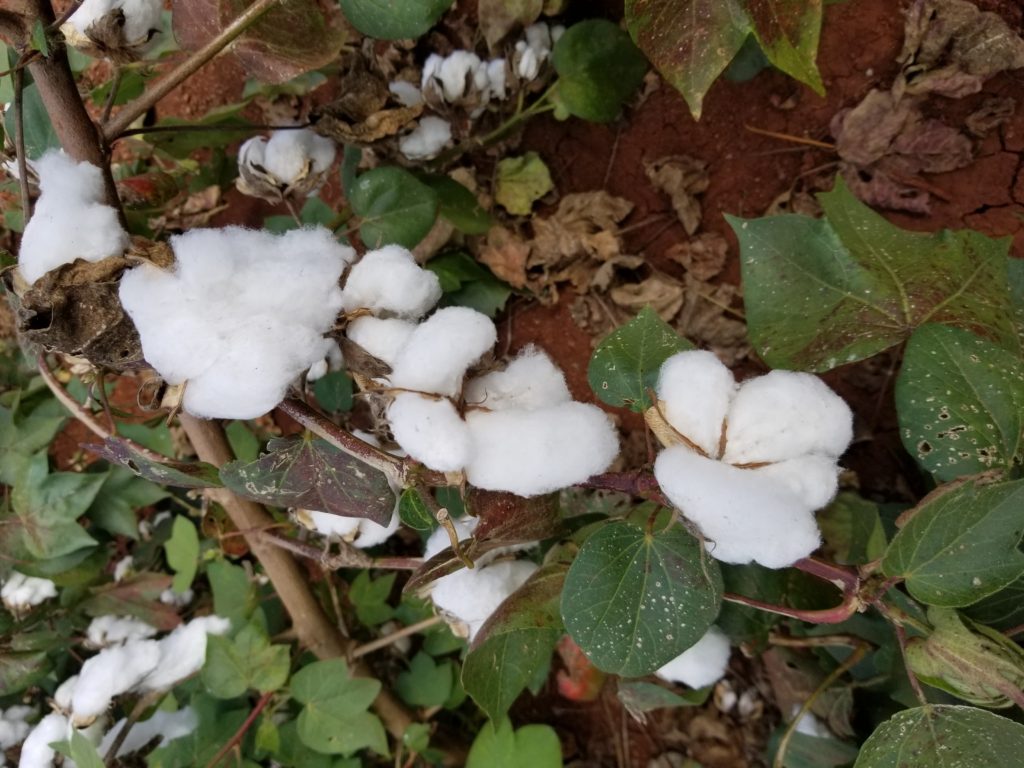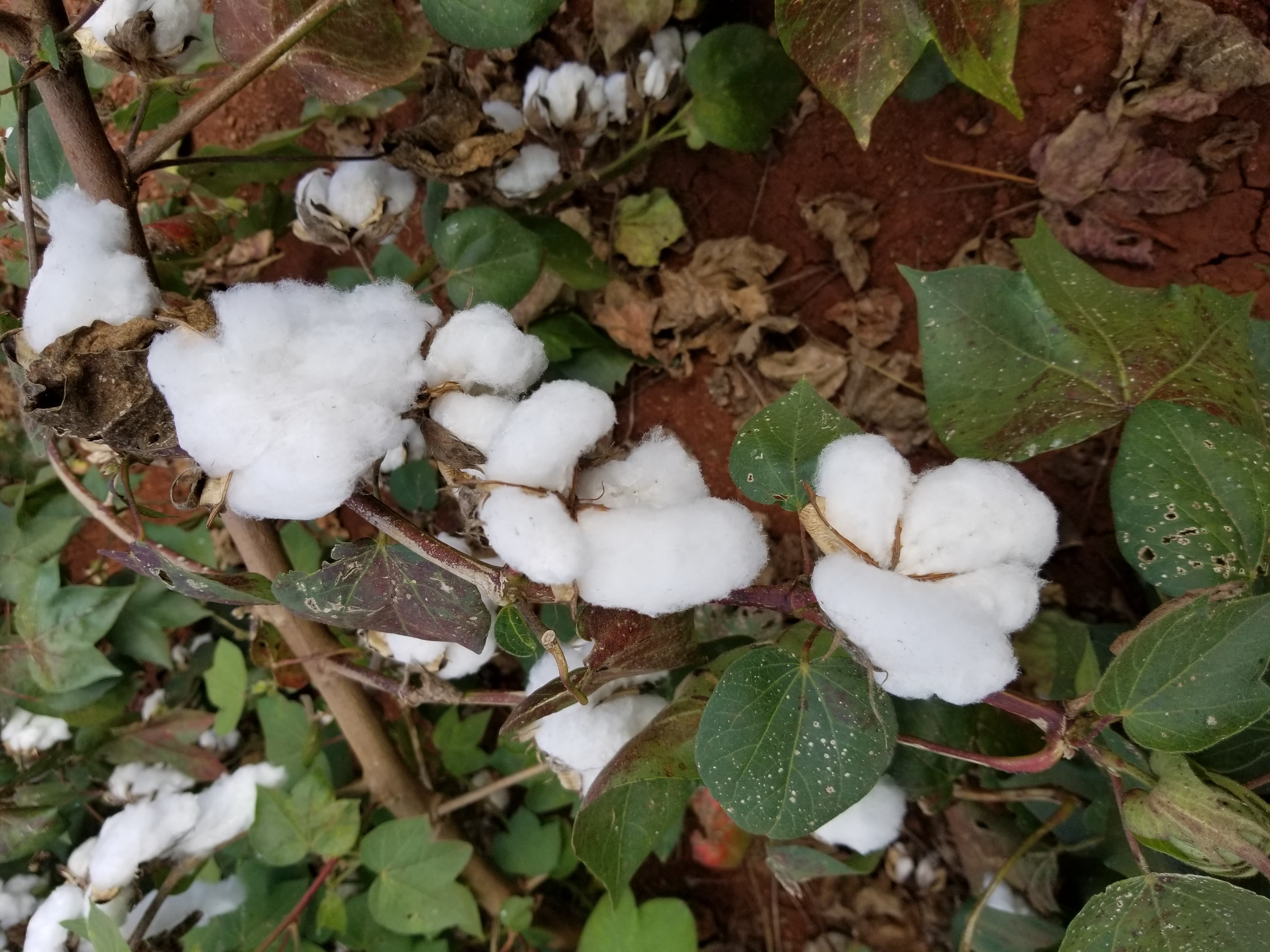An Open Letter to the Cotton Board

Eswatini has grown its first crop of genetically modified (GM) BT cotton. The GM cotton was grown by Nisela Farms in the Big Bend region. These modified cotton hybrids have proven to be defenceless against pests and weather changes and have led to devastating loses in other countries. The Eswatini Cotton Board and the Eswatini Environmental Authority disregarded these concerns and the protests of the Swazi people and allowed the cotton to be planted last October. Now, almost several months later we were able to see the results.
An Open Letter to the Cotton Board
Eswatini has grown its first crop of genetically modified (GM) BT cotton. The GM cotton was grown by Nisela Farms in the Big Bend region. These modified cotton hybrids have proven to be defenceless against pests and weather changes and have led to devastating loses in other countries. The Eswatini Cotton Board and the Eswatini Environmental Authority disregarded these concerns and the protests of the Swazi people and allowed the cotton to be planted last October. Now, almost several months later we were able to see the results.
PELUM Eswatini was invited to a farmer’s field day to visit the Nisela Farm’s cotton fields and see the results firsthand. We visited the massive fields and witnessed the pest problems that the farmers are still dealing with. We were able to walk through the fields and inspect the plants. Each time we looked at a cotton boll up close, large red beetles covered the plant.
After inspecting the fields, we were then escorted to a pavilion that was filled to the max with local farmers who had come to see the cotton fields and learn how they could grow the BT cotton. A series of speeches were made by the Cotton Board the Eswatini Environmental Authority and bankers of which praised the farm’s success and spoke of cotton being the plant of the future for Eswatini. The seed company from India was also present to speak with farmers. To say that environmental concerns were glossed over would be an understatement. Swazi farmers were mostly concerned with the affordability and profitability of planting BT cotton and asked questions related to those topics. PELUM Eswatini was not allowed to raise questions during the meeting because the organizers of the event didn’t want any push-back during the event to celebrate their obvious success. However, we do have some questions we would like to be addressed.
Refuge Fields
What percentage of the field was saved for refuge?
While walking around the cotton fields at Nisela farm we didn’t see a refuge field surrounding the cotton. Growing refuge crops around BT cotton is supposed to reduce the chance of the pests developing resistance. Where is the refuge section? Has it been planted on Nisela farm?
Farmer Training and Certification
Who is responsible for farmer training and certification? How many farmers have been trained and certified?
According to the Decision Document that was published by the Eswatini Environment Authority on the Biosafety Clearing House website, the BT Cotton farmers were supposed to go through a process to train and certify them before they can begin planting the BT cotton. However, little information has been available to us regarding these trainings or if they have taken place at all.
Field Inspections
How many field inspections have been conducted and what were the conclusions of those inspections?
The Decision Document also mentions that Field inspections must be conducted to inspect every step of the GMO cotton farming and ensure safety. No information about these inspections has been provided to us or made available
Pesticide Usage
Has there been a decrease in the number of pesticides sprayings of the fields compared the non-BT cotton fields?
Pests remained present on the cotton at the time of our visit. This indicated to us that the farmers still needed to spray the fields with pesticides. If that is the case, we would like to know if the number of sprayings has decreased at all or are they at an equal level of spraying as non-BT cotton.
Affordability
How will smallholder farmers be able to afford the irrigation that is necessary? How will they be able to afford to buy the BT cotton seeds every year or pay for the pesticides or fertilizers it requires?
In order to qualify for a loan from the bank that was present at the meeting, the banker told the farmers their fields would have to be irrigated. How are our smallholder farmers going to be able to afford irrigation along with the added cost of the seeds, pesticides and fertilizers? Growing BT cotton isn’t economically feasible for Eswatini smallholder farmers.

